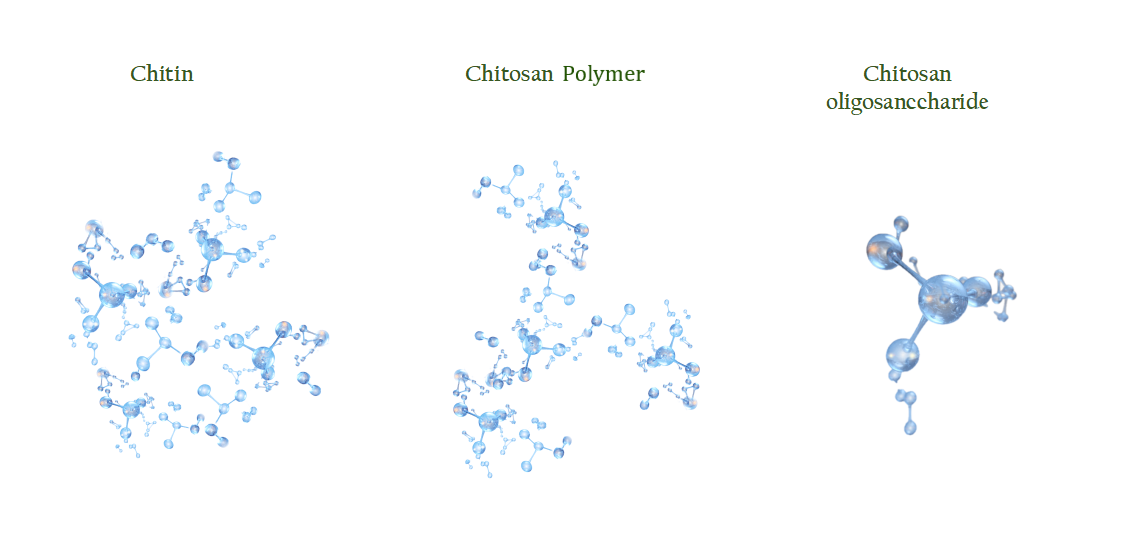Chitosan oligosaccharide
Chitosan oligosaccharide, also known as amino oligosaccharide, is a high-quality product obtained from the degradation of chitin or chitosan. The degree of polymerization is between 2 and 20, which is an improved version of chitin and chitosan. As a unique cationic basic amino oligosaccharide in nature, it has the advantages of low molecular weight, excellent water solubility, remarkable function and easy absorption.

|
Material |
Chitin |
Chitosan Polymer |
Chitosan Oligosanccharide |
|
Molecular Weit |
≥1000kDa |
50~90kDa |
≤3000Da (G-Teck COS 90%≤ 1000DA) |
|
Low PH Liquid Solubility |
No |
Yes |
Yes |
|
High PH Liquid Solubility |
No |
No |
Yes |
|
Water Solubility |
No |
No |
Yes |
Chitin with large molecular weight is insoluble in water, acid and alkali, which greatly limits its practical application in various fields. To overcome this limitation, soil application methods are necessary. By utilizing soil microbes, chitin can be broken down into smaller molecules that are easily absorbed by crops.
By taking this approach, the benefits and application methods of low molecular weight oligosaccharides become apparent. These oligosaccharides can be used as foliar sprays, soil applications, coatings, and even for cleaning. Therefore, the agricultural applications of these products have great prospects.
Post time: Nov-24-2021



